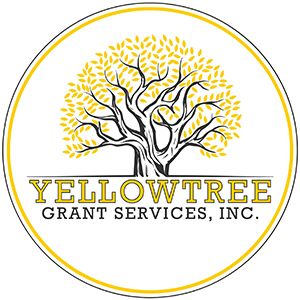Understanding Logic Models
Grant applications sometimes require a logic model—a visual representation or framework, typically represented as a flowchart, diagram, or chart—that maps out the “logical” links and relationships between the resources, activities, outputs, outcomes, and impacts of your program. Logic models provide a coherent way to conceptualize how a program is expected to work and achieve its intended goals.
Components of a logic model typically include:
Inputs/Resources: the various resources planned and available to support the program (e.g., staff, consultants, funding, partners, facilities, materials).
Activities: the specific actions or interventions undertaken as part of the program to address a particular problem or need (e.g. develop a strategic plan, conduct a review, train staff, provide meals, deliver a workshop, create a community network or coalition).
Outputs: the accomplishment or direct product resulting from the activities (the strategic plan, survey results, training completions, number of meals provided, number of workshops delivered, community network that is established).
Outcomes: the short-term, intermediate, and long-term results of the program (the change that occurred as a result of the outputs and activities). Long-term outcomes are often referred to as impacts and represent broader societal changes. Tracking and measuring these changes typically requires additional time and resources.
Logic models are useful tools to guide planning because of the systematic sequencing of inputs, activities, and outcomes. In essence, it follows the logic that “if we do this well (input, activities, outputs), this is what we expect to happen (short/medium/long term outcomes). Mapping out programs this way is an added measure to ensure that you are planning for the resources needed for activities that will directly contribute to successful outcomes. It will also help identify relevant indicators, data sources, and evaluation methods to develop a performance measurement framework.
Logic models often incorporate assumptions and external factors. For example, a community partnership facilitating participant access might be an assumption for a refugee housing program (the partnership continues), while government refugee policy changes would be an external factor (something unforeseen and out of your control).
Logic models are invaluable tools for program planning, implementation, and performance measurement, helping organizations achieve meaningful outcomes. Funders ask for them because they are easy to follow, and demonstrate careful project planning and a commitment to accountability.
Image from University of Wisconsin-Madison
